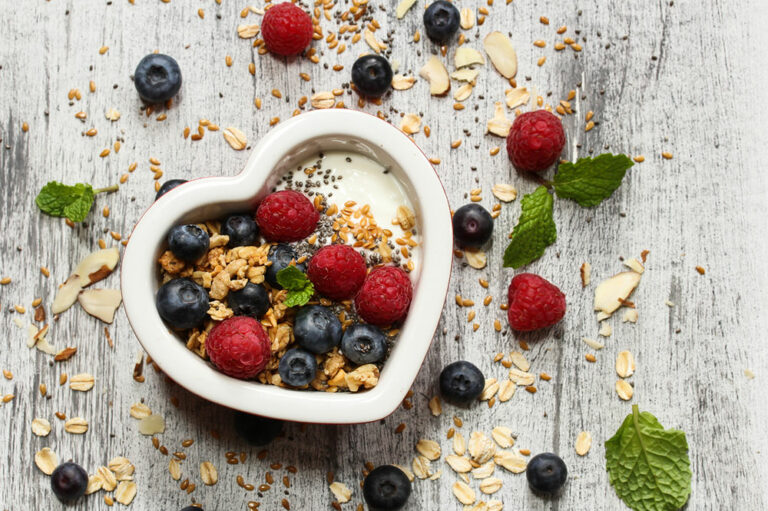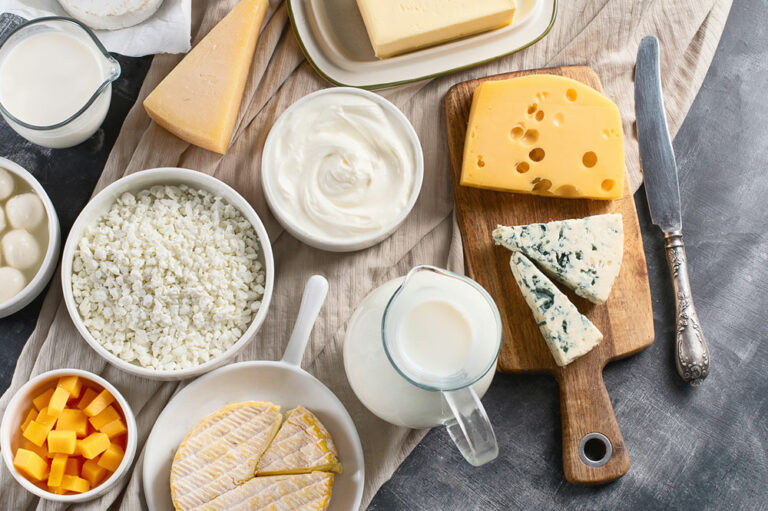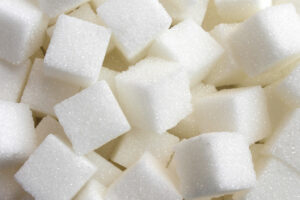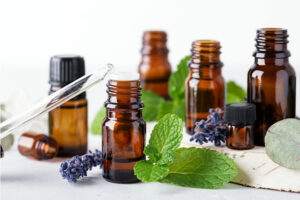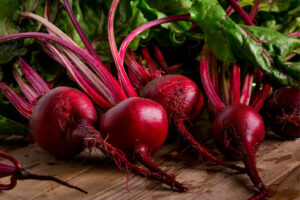
13 common signs of MAC lung disease
Mycobacterium Avium Complex (MAC) lung disease is a rare but serious respiratory condition caused by a group of bacteria of the same name. MAC lung disease occurs when these bacteria invade the lungs, leading to respiratory problems. Recognizing the signs of MAC lung disease is crucial for early diagnosis and management. This article delves into the various indicators of MAC lung disease and explores remedies to alleviate its symptoms and support lung health. Signs of MAC lung disease Here are a few common signs to know about: 1. Persistent cough A persistent cough is often one of the earliest signs of MAC lung disease. The cough may start out mild but can gradually worsen over time. It may produce mucus or phlegm and persist for several weeks or months. 2. Fatigue Unexplained fatigue and weakness can be indicative of MAC lung disease. Individuals may experience a persistent lack of energy, making everyday activities more challenging. 3. Shortness of breath Shortness of breath, also known as dyspnea, can occur as the disease progresses. It may initially be mild but can become more pronounced, making it difficult to engage in physical activities or even perform routine tasks. 4. Chest pain Chest discomfort or pain may occur in individuals with MAC lung disease.
Read More 
